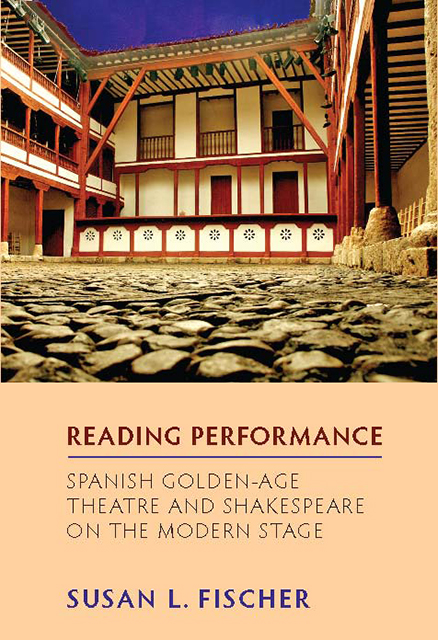9 - Calderón and “The Warrant of Womanhood” Life's a Dream (La vida es sueño)
Published online by Cambridge University Press: 28 February 2023
Summary
May we, with the warrant of womanhood and the witness of good conscience, pursue him with any further revenge? (The Merry Wives of Windsor, 4.2.208–9)
El único defecto que puede ponérsele, aparte de la violencia que hay en el cambio de carácter de Segismundo, que es una intriga extraña, completamente pegadiza y exótica, que se enreda a todo el drama como una planta parásita […]: me refiero a la venganza de Rosaura, doncella andante, especie de Bradamante o Pantasilea, que va a Polonia a vengarse de un agravio: personaje inverosímil y cuyas aventuras están fuera de toda realidad. Y es lo peor, que tiene mucho papel y excesiva acción en el drama: siendo así que cualquier otra mujer hubiera servido lo mismo para el propósito del autor. Tan falso como es el personaje, tan hinchado y babilónico es su lenguaje. (Menéndez y Pelayo 217–18)
If Menéndez y Pelayo's assessment of the “rare” in Rosaura was later countered by the British school of critics (e.g. E. M. Wilson, W. M. Whitby, and A. E. Sloman) who, in their thematic-structural analyses of the play, came to see her role as pivotal for Segismundo's transformation, her marginality or baroque “monstrosity” has been re-envisioned by Catherine Connor in terms of difference and otherness: “her mixed condition of woman/man while in sexually ambiguous disguise, of the dishonored, natural daughter, and of potentially honorable heiress” (“Toward” 381). For Connor, such “monsters” are not a propagandistic means of producing wonder and marvel à la José Antonio Maravall, a viewpoint intended to reinforce the hegemony’s contained models of social behavior. In contrast, her neo-baroque reading of Rosaura would seem to approach Roberto González Echevarría's notion of the Baroque as it incorporates the Other, as espoused in Celestina's Brood: “It plays at being Other as an awareness of the strangeness of Being. Being is being as monster, at once one and the other, the same and different” (198). Following this line of reasoning, Connor states:
The cross-dressed female character, like the gracioso, provides a site for representing the power of the disempowered, especially when the woman so successfully performs the male role. Above all, a convincing and decisive transvestite performance calls attention to such culturally constructed factors as dress and gesture in the creation of a subject's identity, of his/her being.
- Type
- Chapter
- Information
- Publisher: Boydell & BrewerPrint publication year: 2009



